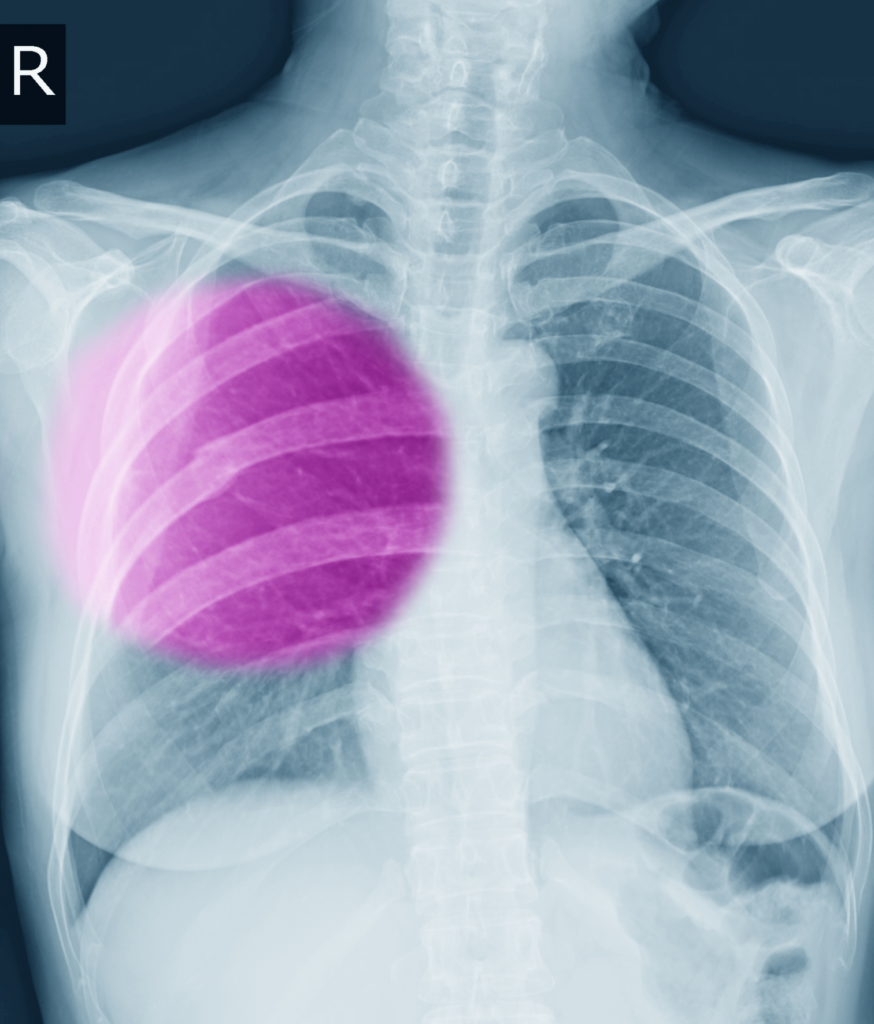
Rib Fractures: Management Guide
Consider the case of John, an active, outdoors-loving Brisbanite. John was no stranger to Urgent Care Brisbane, given his adventurous lifestyle. One Sunday, after an ill-fated dive into the shallow end of a pool, John found himself in urgent need of medical attention. Here’s his story interwoven with some critical facts about rib fractures.
Anatomy
- John’s doctor started by explaining the rib cage’s structure. There are 12 pairs of ribs, each connecting to the spine at the back and wrapping around to the front, where most attach to the sternum. This bony cage protects vital organs, like the heart and lungs.
- Not all ribs are made equal. The top seven pairs, known as ‘true ribs’, connect directly to the sternum. The next three pairs, ‘false ribs’, attach indirectly, while the last two pairs, ‘floating ribs’, have no anterior connection.
- Rib bones are flexible yet robust, capable of withstanding moderate forces. However, a severe impact can cause them to fracture.
Mechanism & Causes of Injury
- The doctor clarified to John that rib fractures typically result from direct trauma to the chest, like his collision with the pool’s bottom. Car accidents, sports injuries, falls, or even forceful coughing can cause similar harm.
- Conditions weakening the bones, like osteoporosis or cancer, can also lead to fractures from less severe impacts.
Types of Fractures
- Not all rib fractures are the same. John’s doctor described the three common types: nondisplaced, displaced, and flail chest.
- In a nondisplaced fracture, the bone cracks but maintains its position. Displaced fractures involve the bone segment shifting from its normal alignment.
- A ‘flail chest’ is a severe injury where a section of the rib cage detaches from the rest, typically caused by multiple fractures in the same rib or adjacent ribs.
Symptoms and Signs
- John was experiencing the usual symptoms: pain, especially when taking a deep breath or coughing, tenderness, and bruising over the injured area.
- However, there are ‘red flags’ to watch out for, which indicate serious injury needing emergency care. These include intense pain, shortness of breath, rapid heart rate, low blood pressure, coughing up blood, or an unusual bulge in the chest area.
Examination and CT Scan
- After a physical examination, John’s doctor at Urgent Care Brisbane ordered a CT scan, an imaging technique that offers detailed views of the chest. This procedure helped confirm the diagnosis and assess any possible complications.
- Although x-rays were once the go-to diagnostic tool, they may miss minor fractures or other injuries, making CT scans the preferred choice.
Management and Complications
- Luckily for John, he had a nondisplaced fracture. The mainstay of treatment is pain control, rest, and gradual return to activities.
- Pain control is crucial. It allows the patient to breathe and cough comfortably, which is vital for avoiding complications like pneumonia. For this purpose, doctors often prescribe over-the-counter painkillers or stronger prescription medications.
- Breathing exercises, another key component, help maintain lung capacity and prevent complications. John was advised to take slow, deep breaths, despite the discomfort.
- John’s active lifestyle was temporarily halted. He was encouraged to take it easy and avoid heavy lifting and strenuous activities until healed, usually within six weeks.
- Although rare, rib fractures can lead to serious complications. These include a punctured or collapsed lung, causing shortness of breath, chest pain, and other severe symptoms. ‘Flail chest’ can affect breathing mechanics, necessitating urgent medical attention and often hospital admission.
A rib fracture journey, like John’s, can be daunting and uncomfortable, but with proper care and patience, full recovery is the typical outcome. Urgent Care Brisbane, with its efficient service and qualified professionals, is a fantastic resource for such non-life-threatening situations.
However, remember the ‘red flags’ – if symptoms suggest a severe injury, it’s best to head straight to the emergency department or dial in an ambulance.
Next Steps
If you’re dealing with stable symptoms, Urgent Care Brisbane can help you manage your rib fracture without the long wait times typical of hospital emergency rooms. Here’s a step-by-step guide to your visit:
- Check-in: When you arrive, you’ll check in at the front desk, explaining your symptoms.
- Initial Assessment: A triage nurse will assess your condition and symptoms.
- Examination: The doctor will examine you, discussing your symptoms and medical history.
- Imaging: If a rib fracture is suspected, the doctor will order a CT scan to confirm the diagnosis and assess the extent of the injury.
- Treatment Plan: The doctor will explain the diagnosis, discuss the treatment plan, and prescribe any necessary medications.
- Follow-Up: You’ll receive advice on managing your condition at home, including pain control, breathing exercises, and activity modifications. A follow-up appointment will be scheduled to monitor your progress.
Whether you’ve taken a tumble, had a car accident, or like John, misjudged a pool’s depth, remember that while rib fractures are painful, with the right care and management, you’ll soon be back to your active self!
